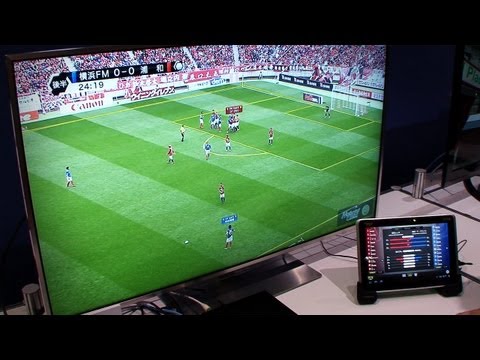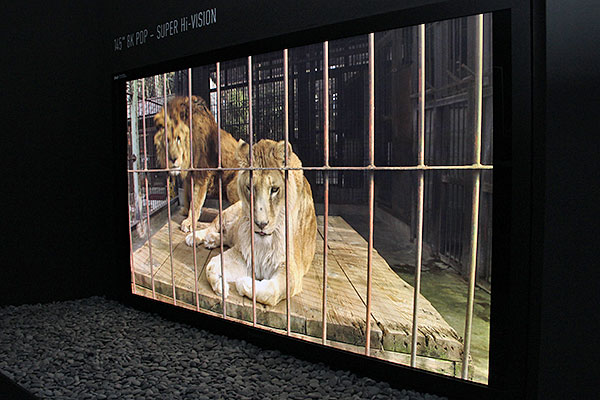
NHK is Japan's national public broadcasting organization.NHK, which has always identified itself to its audiences by the English pronunciation of its initials, is a publicly owned corporation funded by viewers' payments of a television license fee. NHK operates two terrestrial television services (NHK General TV and NHK Educational TV), two satellite television services (NHK BS-1 and NHK BS Premium, both now high-definition television services), and three radio networks (NHK Radio 1, NHK Radio 2, and NHK FM). NHK also provides an international broadcasting service, known as NHK World. NHK World is composed of NHK World TV, NHK World Premium, and the shortwave radio service NHK World Radio Japan. World Radio Japan also makes some of its programs available on the internet.
Development of an eye-movement analyser
An eye pointer was developed as a new line-of-sight displacement analyser. It analyses an observer's eye movements and superimposes their line of vision on a TV image which is the same as their view. A newly developed miniature colour field camera and very compact eye-movement sensors are attached to a translucent reinforced plastic goggle affording a wide view and excellent safety.
Future Television Interface

Hybridcast is an infrastructure system being developed by NHK, with a view to commercial use in 2013. This system combines broadcasting with the Internet, to enable a variety of TV-centered services. The manufacturers involved were Sony, Toshiba, Panasonic, Sharp, and Mitsubishi Electric. They have supported Hybridcast using slightly modified versions of commercially available TVs.
Super HiVision Television

Panasonic's showpiece is likely to be a prototype at this point in time, though we understand that this gigantic screen is also a 4K2K display. However, it is unclear if the company has plans to mass-produce this model for consumers in the near future. With this exhibit (allegedly the world's largest glasses-free 3D PDP), Panasonic has officially dabbled in all three 3D TV technologies to date - active-shutter, passive, and glasses-free types - each with its own strengths and weaknesses.